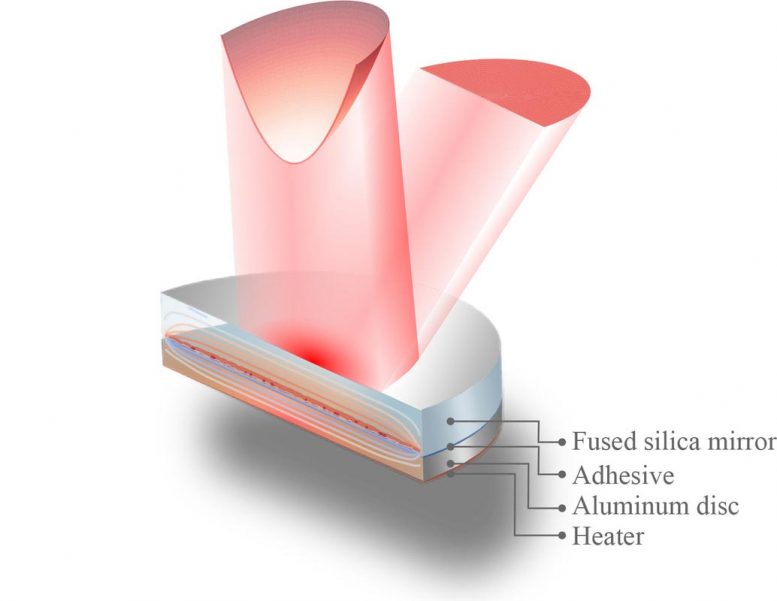
Thermal-driven mirror for gravitational wave detectors: The illustration shows the cross-section of a thermal bimorph mirror and its constituents. Controlling the temperature of the mirror changes the curvature of the reflected wavefront. Overlaid on the cross-section is the simulated radial stress, showing a concentration of stress at the boundary of the two layers, where the adhesive holds the structure together. Credit: Huy Tuong Cao, University of Adelaide
Improved deformable precision mirrors could improve sensitivity of gravitational wave detectors to help scientists detect new sources of gravitational waves from deep in space.
Researchers have developed a new type of deformable mirror that could increase the sensitivity of ground-based gravitational wave detectors such as the Advanced Laser Interferometer Gravitational-Wave Observatory (LIGO). Advanced LIGO measures faint ripples in space-time called gravitational waves, which are caused by distant events such as collisions between black holes or neutron stars.
“In addition to improving today’s gravitational wave detectors, these new mirrors will also be useful for increasing sensitivity in next-generation detectors and allow detection of new sources of gravitational waves,” said research team leader Huy Tuong Cao from the University of Adelaide node of the Australian Center of Excellence for Gravitational Waves Discovery (OzGrav).
Deformable mirrors, which are used to shape and control laser light, have a surface made of tiny mirrors that can each be moved, or actuated, to change the overall shape of the mirror. As detailed in The Optical Society’s (OSA) journal Applied Optics, Cao and colleagues have, for the first time, made a deformable mirror based on the bimetallic effect in which a temperature change is used to achieve mechanical displacement.
“Our new mirror provides a large actuation range with great precision,” said Cao. “The simplicity of the design means it can turn commercially available optics into a deformable mirror without any complicated or expensive equipment. This makes it useful for any system where precise control of beam shape is crucial.”
The new technology was conceived by Cao and Aidan Brooks of LIGO as part of a visitor program between the University of Adelaide and LIGO Laboratory, funded by the Australian Research Council and National Science Foundation.
Building a better mirror
Ground-based gravitational wave detectors use laser light traveling back and forth down an interferometer’s two arms to monitor the distance between mirrors at each arm’s end. Gravitational waves cause a slight but detectable variation in the distance between the mirrors.
Detecting this tiny change requires extremely precise laser beam steering and shaping, which is accomplished with a deformable mirror.
“We are reaching a point where the precision needed to improve the sensitivity of gravitational wave detectors is beyond what can be accomplished with the fabrication techniques used to make deformable mirrors,” said Cao.
Most deformable mirrors use thin mirrors to induce a large amount of actuation, but these thin mirrors can produce undesirable scattering because they are hard to polish. The researchers designed a new type of deformable mirror using the bimetallic effect by attaching a piece of metal to a glass mirror. When the two are heated together the metal expands more than the glass, causing the mirror to bend.
The new design not only creates a large amount of precise actuation but is also compact and requires minimal modifications to existing systems. Both the fused silica mirrors and aluminum plates used to create the deformable mirror are commercially available. To attach the two layers, the researchers carefully selected a bonding adhesive that would maximize actuation.
“Importantly, the new design has fewer optical surfaces for the laser beam to travel through, said Cao. “This reduces light loss caused by scattering or absorption of coatings.”
Precision characterization
Creating a highly precise mirror requires precision characterization techniques. The researchers developed and built a highly sensitive Hartmann wavefront sensor to measure how the mirror’s deformations changed the shape of laser light.
“This sensor was crucial to our experiment and is also used in gravitational detectors to measure minute changes in the core optics of the interferometer,” said Cao. “We used it to characterize the performance of our mirrors and found that the mirrors were highly stable and have a very linear response to changes in temperature.”
The tests also showed that the adhesive is the main limiting factor for the mirrors’ actuation range. The researchers are currently working to overcome the limitation caused by the adhesive and will perform more tests to verify compatibility before incorporating the mirrors into Advanced LIGO.
Reference: “High dynamic range thermally actuated bimorph mirror for gravitational wave detectors” by Huy Tuong Cao, Aidan Brooks, Sebastian W. S. Ng, David Ottaway, Antonio Perreca, Jonathan W. Richardson, Aria Chaderjian and Peter J. Veitch, 18 March 2020, Applied Optics.
DOI: 10.1364/AO.376764

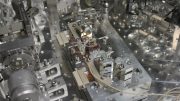
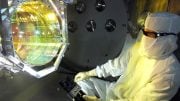

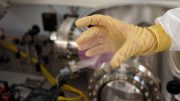
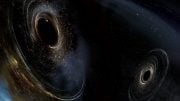
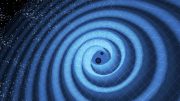

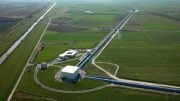
ABSOLUTELY MIND BOGGING the RATE of Leaning we as humans have advanced Thank you for allowing me to be able read this information with emails you send I am over 80 years old and still leaning Thank you